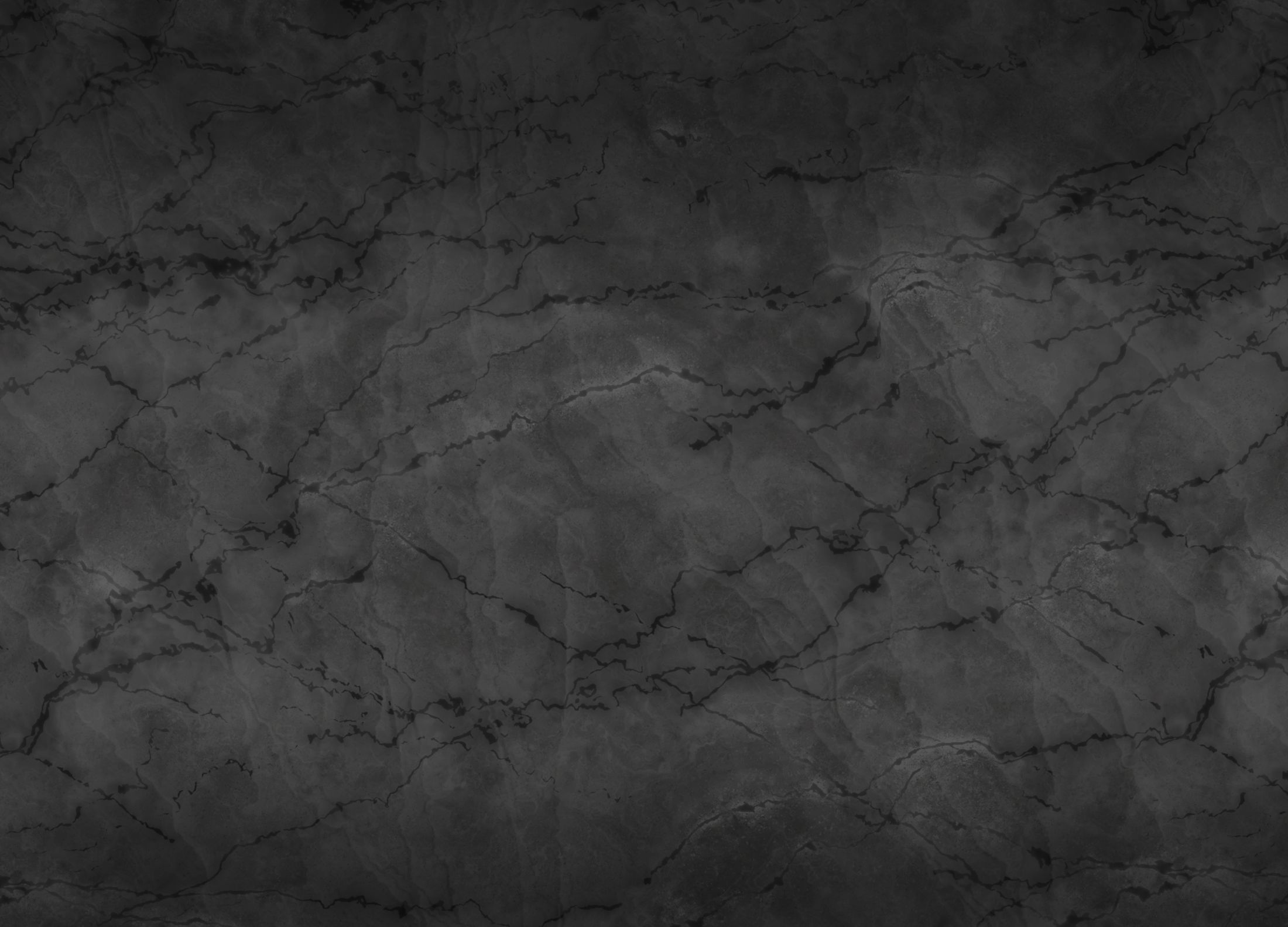



At the Plastic Surgery Group of Memphis, we know that dealing with scars can be stressful. But what are scars, anyway? And how can I avoid scarring? If avoiding scarring is impossible, how can I treat it?
When you get a cut, your body automatically sends all its resources to the injury site. Red and white blood cells carry essential materials to the affected area, and the healing begins. Usually, the body can stop the blood flow and plug up the wound with platelets and scab formation. The scab slowly fades away, and your skin looks as good as new.
However, some cuts are too deep or broad for this process to be completely effective. Instead, these skin abrasions may require the help of collagen, a protein that collects at the site of the injury, building until there is enough tissue to protect the area and begin the healing process. This often results in a raised or bumpy section of skin that we know as scar tissue. Unlike scabs, scars are permanent marks on the skin. It is normal for some of the collagen buildup to recede in the weeks or months after a scar forms, making the tissue softer and smoother, but after two years, whatever remains leaves a permanent scar on your skin.
Read on to learn more about how to take the first steps of scar treatment.
There are several types of scar tissue, and each presents unique stressors for those with them. Here are some of the most common types of scars:
This type of scar tissue forms when the collagen that collects at the site of an injury is overproduced by the body, leading to thicker, more prominent scars that can cause emotional distress. This tissue is not harmful to the body, but because of the overdevelopment of protein, it can appear darker, higher, or cover a larger surface area than the initial abrasion. Keloids may even become itchy or uncomfortable, leading patients to seek treatment with the specialists at Plastic Surgery Group of Memphis.
Like keloids, hypertrophic scar tissue is defined by an excess growth of collagen at the abrasion site. The difference between the two, however, is that keloids may extend growth beyond the barrier of the initial injury, whereas hypertrophic scars only form where the injury occurred.
Also known as sunken scars, pitted scars are usually the result of other skin conditions like acne or chickenpox. They leave crater-like indentations on the skin’s surface due to underlying fat loss.
These scars are typically the most natural-looking after they have completely healed. As a result of minor or thin cuts, fine-line scars often appear after surgery or a small wound. During the healing process, collagen collects at the site, leaving a thin, raised patch of skin. These scars typically flatten out and fade over up to two years.
 Preventing Scarring
Preventing ScarringWhile it is not always possible to prevent scars from forming, there are things you can do to minimize their appearance or treat them later. If you’ve received a deep cut through an accident or surgery, following these steps could help you reduce the look of the resulting scar tissue:
One of the best ways to reduce the appearance of scar tissue is to use topical moisturizers. Acting quickly after receiving a cut that you suspect may develop scar tissue can help minimize the effects. Avoid picking scabs, reduce sun exposure, and apply petroleum jelly or other antibacterial ointments to the wound to help.
You can also try using over-the-counter creams to aid the healing process. Try antihistamines, anesthetics, silicone, or corticosteroids to keep the affected area moist and hydrated.
For more advanced scarring, corticosteroid injections can offer relief for keloids or hypertrophic tissue. Corticosteroids reduce inflammation or discomfort, and the best results are achieved over a series of repeated treatments. Dermal fillers can also be used to smooth scar tissue for several years. While not a permanent solution, additional injections are necessary every few years.
Laser skin resurfacing is an effective treatment method that enables specialists to target precise sections of the skin using pulsating beams of light. These beams heat the skin layer by layer to reduce the effects of scar damage and encourage new skin growth. Laser skin resurfacing is particularly useful for acne scars and can improve skin texture and tone.
Dermabrasion is a treatment method that targets specific layers of skin, similar to laser skin resurfacing. By removing the top layer of skin, dermabrasion minimizes the look of scar tissue. It is a particularly effective treatment method for acne scars.
Scar revision surgery is a potential treatment option for more prominent or particularly discomforting scars. This procedure removes the scar altogether before recovering it with a flap of skin or skin graft from another area of the body. The specialists at Dermatology Realm offer a range of scar revision surgery options, including:
Z-plasty: This is a surgical technique that can reduce the visibility of linear scars. The surgeon makes a Z-shaped incision around the scar tissue, then repositions the skin to create a less noticeable scar.
W-plasty: This technique is similar to Z-plasty but is useful for wider scars. The surgeon makes a W-shaped incision around the scar, then repositions the skin to reduce its visibility.
Tissue expansion: This technique stretches the skin near the scar tissue using a silicone balloon-like device. This procedure creates excess skin that the surgeon uses to cover the scar tissue.
Skin grafting: This technique involves taking skin from another area of the body to cover the scar tissue.
 Call the experts! Plastic Surgery Group of Memphis
Call the experts! Plastic Surgery Group of MemphisAt the Plastic Surgery Group of Memphis, we’re dedicated to providing customized treatment plans that meet the unique needs of each patient. With the range of treatment options available, patients can find a solution that reduces the appearance of scars and helps them feel confident in their skin again.
If you are looking for ways to manage your scarring, schedule a free consultation today with the specialists at Plastic Surgery Group of Memphis to discuss the best treatment options for your specific needs. You’ll be happy you did!